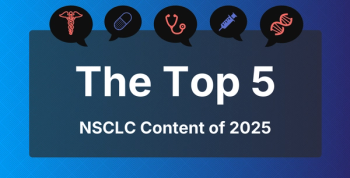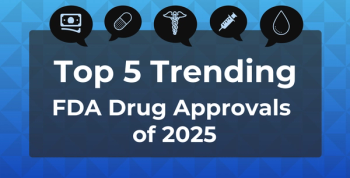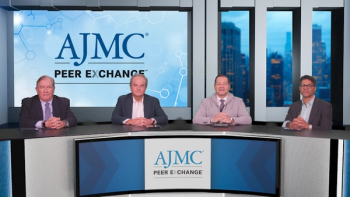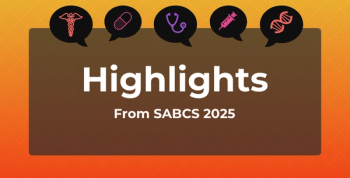
The Impact of Intrathecal Onasemnogene Abeparvovec Therapy in SMA
Panelists discuss how intrathecal delivery of onasemnogene abeparvovec in the STEER study demonstrates statistically significant motor function improvements in older patients with SMA (ages 2-18 years) with favorable safety profiles, potentially expanding gene therapy access beyond the current age restriction of under 2 years.
Episodes in this series

The Impact of Intrathecal Onasemnogene Abeparvovec Therapy in SMA
Data presented at MDA 2025 revealed promising results for intrathecal delivery of onasemnogene abeparvovec in treating older patients with spinal muscular atrophy (SMA). The STEER study, a double-blind, sham-controlled trial, focused on patients aged 2 to less than 18 years with type 2 SMA—nonambulatory patients who can sit but cannot walk. This represents a significant advancement since the approved intravenous formulation is only indicated for patients under 2 years of age, leaving older patients without access to this gene therapy option. The intrathecal approach delivers the therapy directly to the central nervous system, specifically targeting spinal cord motor neurons, which are the primary affected tissue in SMA.
The study demonstrated statistically significant improvements in motor function, with patients receiving intrathecal onasemnogene abeparvovec showing increased Hammersmith scores compared with sham-treated patients over the first 52 weeks after treatment. The safety profile was favorable, with adverse events being comparable between treatment and control groups. Upper respiratory tract infections and pyrexia were common in both groups, while vomiting was slightly more frequent in the treatment group and lower respiratory tract infections were more common in the sham group. Importantly, liver transaminase elevations were infrequent, mostly low-grade, and transient. The intrathecal delivery allows for lower dosing compared with intravenous administration since it targets the specific tissue of interest rather than requiring systemic distribution.
These results have significant implications for expanding treatment options in SMA care. Currently, patients over 2 years of age cannot receive gene therapy and must rely on 2 other approved disease-modifying therapies that require ongoing maintenance—either daily oral treatment or intrathecal injections every 4 months. The STEER study data could enable access to a onetime gene therapy for older SMA patients, providing an attractive alternative to continuous maintenance therapy. This expansion of the treatment armamentarium addresses a critical gap in care and reduces barriers for older patients who have been excluded from gene therapy options.
Newsletter
Stay ahead of policy, cost, and value—subscribe to AJMC for expert insights at the intersection of clinical care and health economics.







































